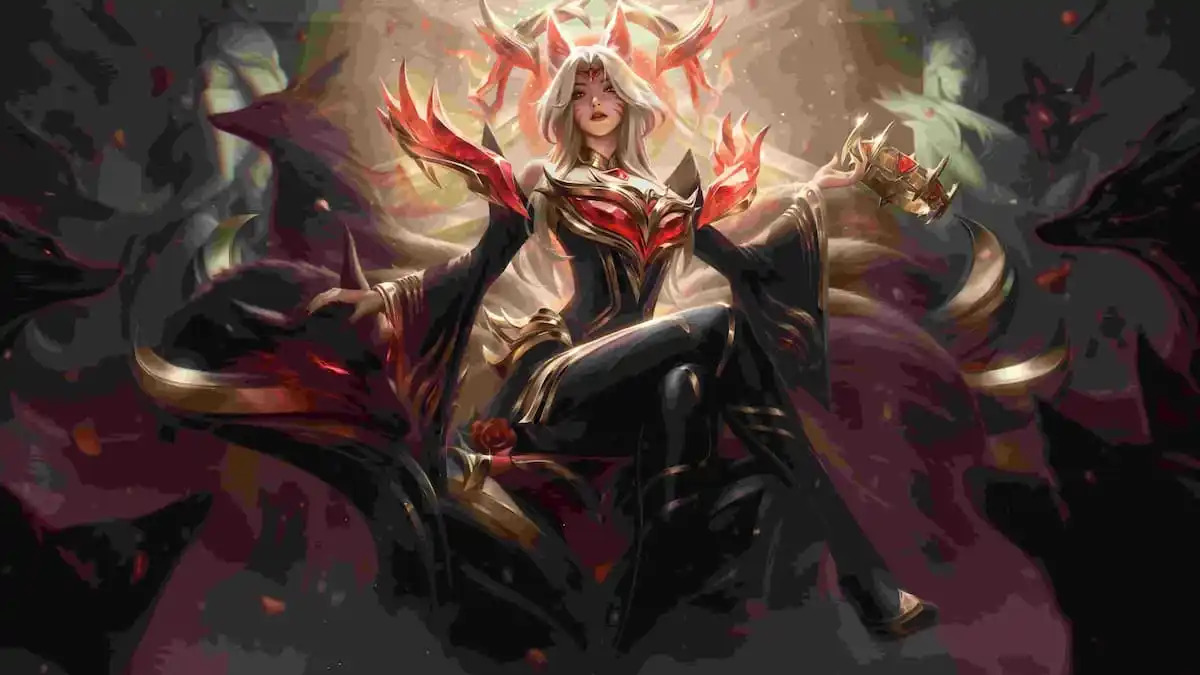In League of Legends, Riot Points (RP) are the primary in-game currency used to purchase various items, including champions, skins, and other cosmetic enhancements. While you can get RPs by playing, there’s also a precise conversion rate with real money.
Riot Points have been a cornerstone of League of Legends since its inception, allowing players to enhance their gaming experience by acquiring exclusive content. RP can be purchased using real money, and the prices vary depending on the region and the amount of RP bought in a single transaction.
If you don’t want to expend money on the game, you can farm RPs by playing it frequently enough to buy your favorite skins. However, since some of these items are time-limited, League of Legends also incentivizes players to spend a few bucks to ensure they will complete their collection. In the U.S., the RP-dollar conversion rate is as follows:
- 650 RP for $5
- 1380 RP for $10
- 2800 RP for $20
- 5000 RP for $35
- 7200 RP for $50
- 15000 RP for $100
It looks like $100 could potentially grant you a lot of RPs. Unfortunately, a recent limited event has stirred much controversy due to some items’ exorbitant prices.
The League of Legends Faker price controversy, explained
The “Hall of Legends” is a new feature dedicated to celebrating the most iconic players in League of Legends history. South Korean superstar Lee Sang-hyeok, better known as Faker, is the first inductee. As part of this event, Riot Games has released a series of skins, including three variants for the champion Ahri, each tied to Faker’s legacy. However, the pricing of these skins has left many players both confused and frustrated.
According to recent announcements, the lowest tier of the new Ahri skins is priced at a little over $40 in equivalent Riot Points. In contrast, the highest tier costs a staggering 59,260 RP, translating to approximately $450 in real money. This significant cost has led to widespread criticism and jokes among the community, with some players humorously suggesting that the most expensive tier should come with a personal visit from Faker himself.
It makes sense for League of Legends to capitalize on Faker’s popularity to drive sales. The issue is that these incredibly high prices alienate a significant portion of its player base. The broader consensus is that the prices are exorbitant and inconsistent with the community’s expectations. Riot Games has yet to respond to the backlash formally, but the situation highlights the delicate balance between monetization and player satisfaction in free-to-play games. Faker himself benefits financially from the sales of these skins, so there’s also hope he will comment on the controversy soon.

